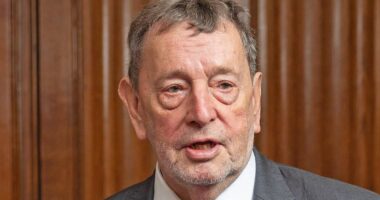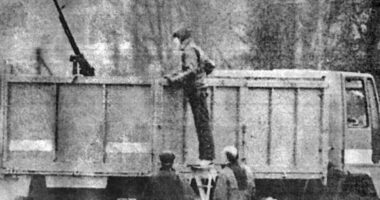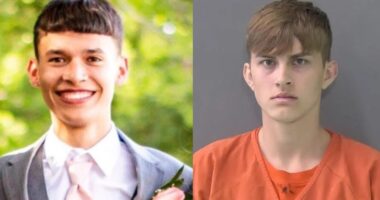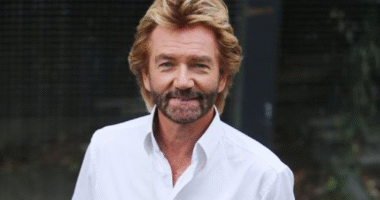Monday commemorates Holocaust Memorial Day and the 80th anniversary of the liberation of the Auschwitz camp complex.
Auschwitz, the largest extermination camp, is a poignant symbol of the genocide of six million Jews by Nazi Germany. Over 1 million Jews and more than 100,000 non-Jews tragically lost their lives at this camp between 1940 and 1945.
Recently, elderly survivors who were once prisoners at Auschwitz, some donning scarves reminiscent of their former camp uniforms, paid tribute to the victims by laying flowers at the Wall of Death in a solemn ceremony.
Seventy-five years ago, on January 27, 1945, around 7,000 prisoners were liberated from Auschwitz by Allied soldiers. The site, which was designed as a place to annihilate the Jewish people, saw former inmates return after eight decades to mark their liberation on International Holocaust Remembrance Day.
“It doesn’t do any good for your heart, for your mind, for anything,” Holocaust survivor Jona Laks, 94, told CNN. “But it’s necessary. “It’s necessary for the world to know.”
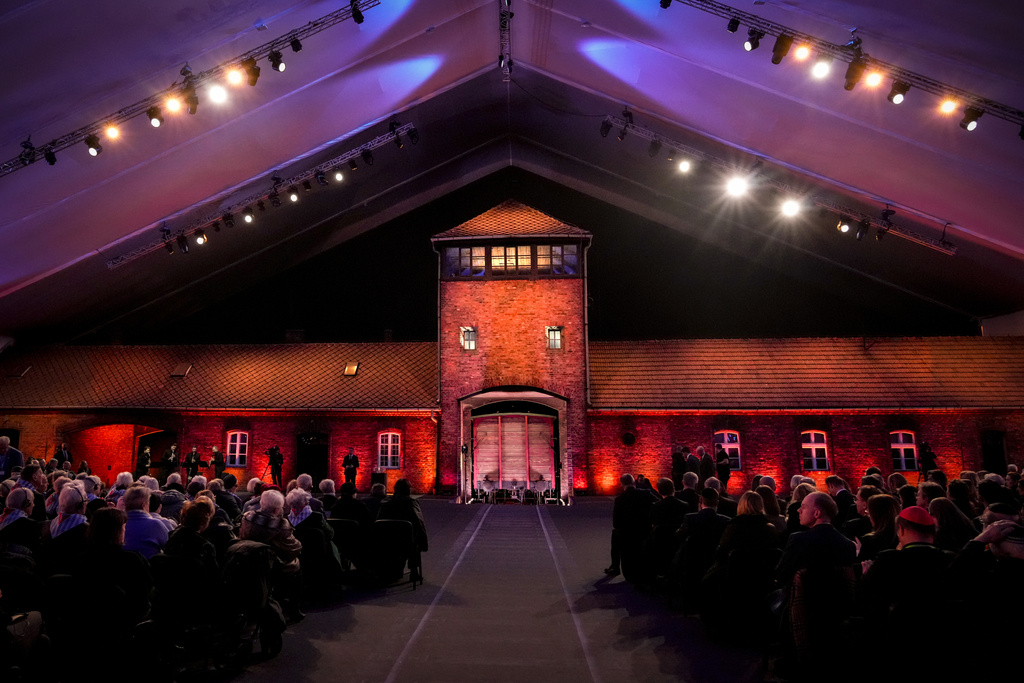
The survivors embody a powerful defiance against Adolf Hitler, with their stories serving as reminders of humanity’s capacity for violence. During World War II, the Nazis systematically murdered six million Jews, including about one million at Auschwitz, while also targeting Poles, the Romani, Soviet prisoners, LGBTQ+ individuals, and the disabled.
Eva Umlauf, who was just two years old during her liberation, still has the tattoo A-26,959 in her forearm. Umlauf, now 82, attended the ceremony with family, viewing it as a moral obligation.
“You are just a number,” Umlauf, 82, told NBC News. “But this number is not only on the skin. This is deeper.”
The anniversary comes amid rising antisemitism, reportedly exacerbated by recent global events. A survey revealed a troubling lack of Holocaust awareness, particularly among younger generations.
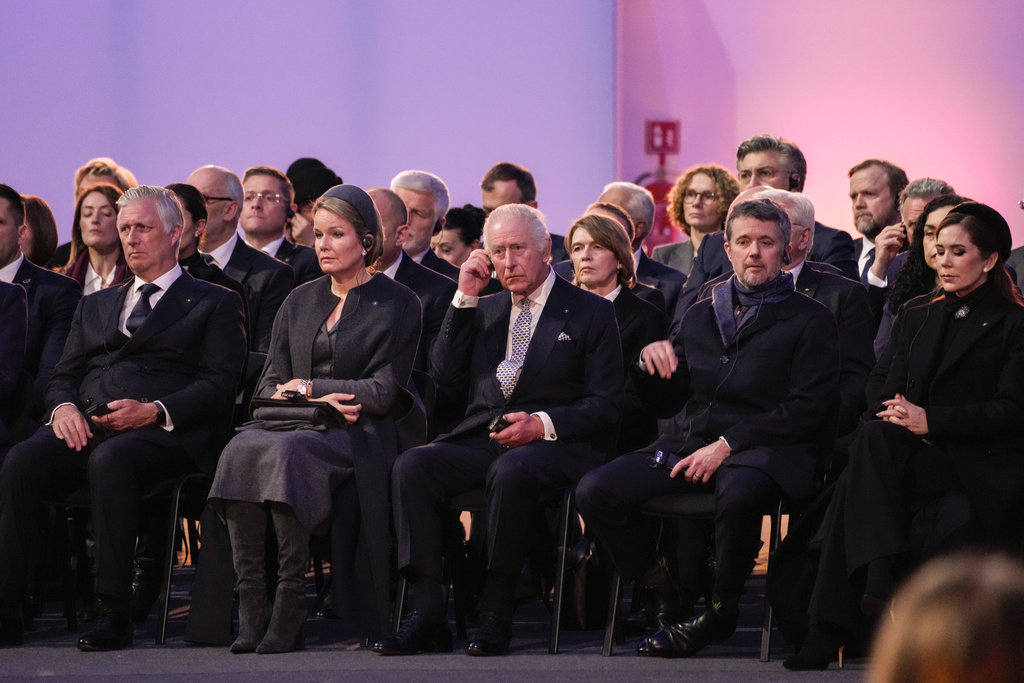
BBC News reports that the day began with survivors and Polish President Andrzej Duda laying a wreath at the “Death Wall” of the original Auschwitz camp. UK Prime Minister Keir Starmer laid a wreath there recently, which was still present over the weekend.
The observance then moved to the Birkenau death camp, also known as Auschwitz II. Thirty years ago, there was less global attention, as noted by renowned author Elie Wiesel, as he led a group of survivors and relatives to one of the crematoria that the Nazis had destroyed before fleeing.
Meanwhile, Auschwitz attracted 1.83 million visitors last year. While the site is closed for the commemoration, many people wandered through the museum over the weekend, exploring the historic buildings of Auschwitz I and the vast grounds of Birkenau.
[Feature Photo: People visit the Nazi concentration camp Sachsenhausen on the International Holocaust Remembrance Day, in Oranienburg, Germany, Monday, Jan. 27, 2025. (AP Photo/Markus Schreiber)]



